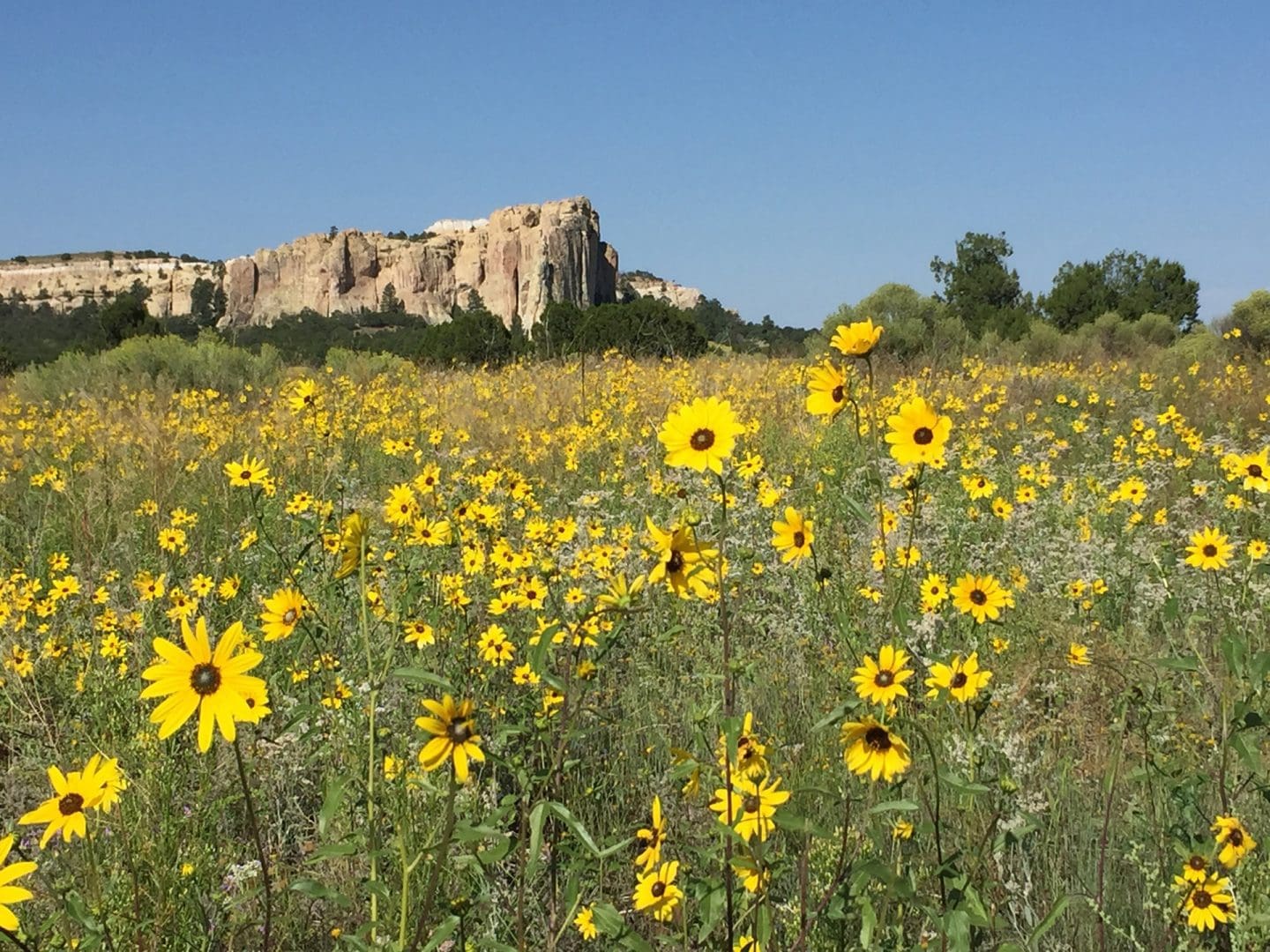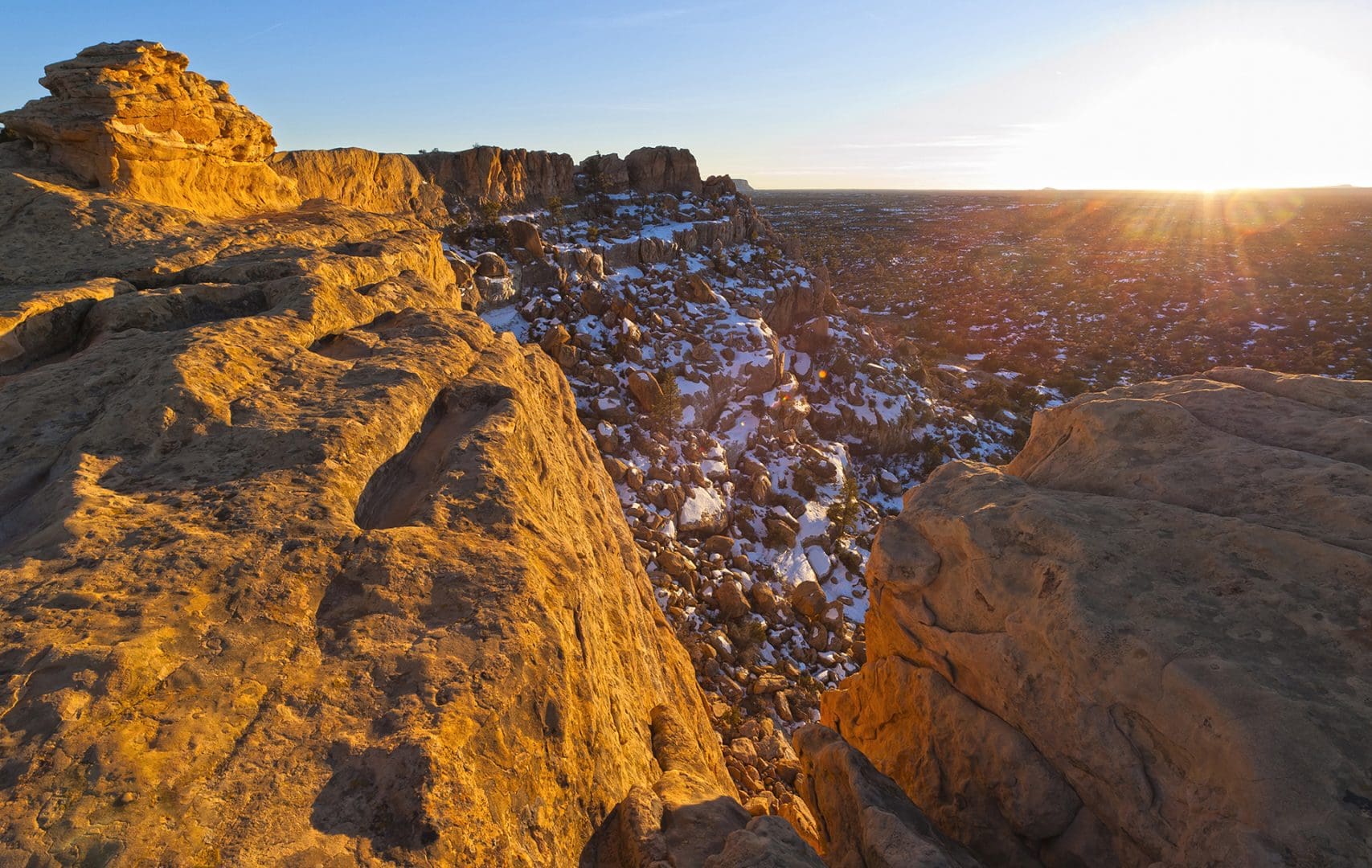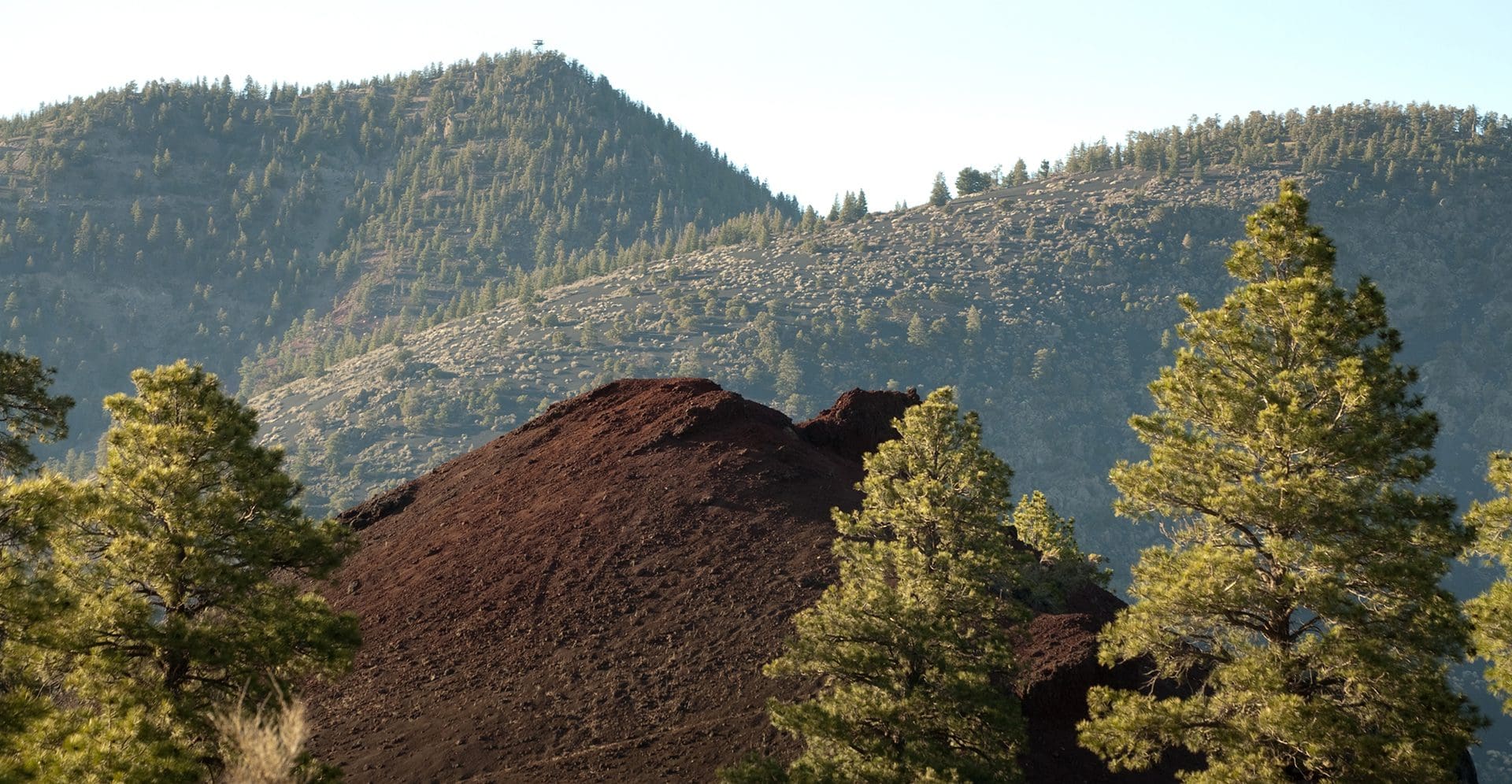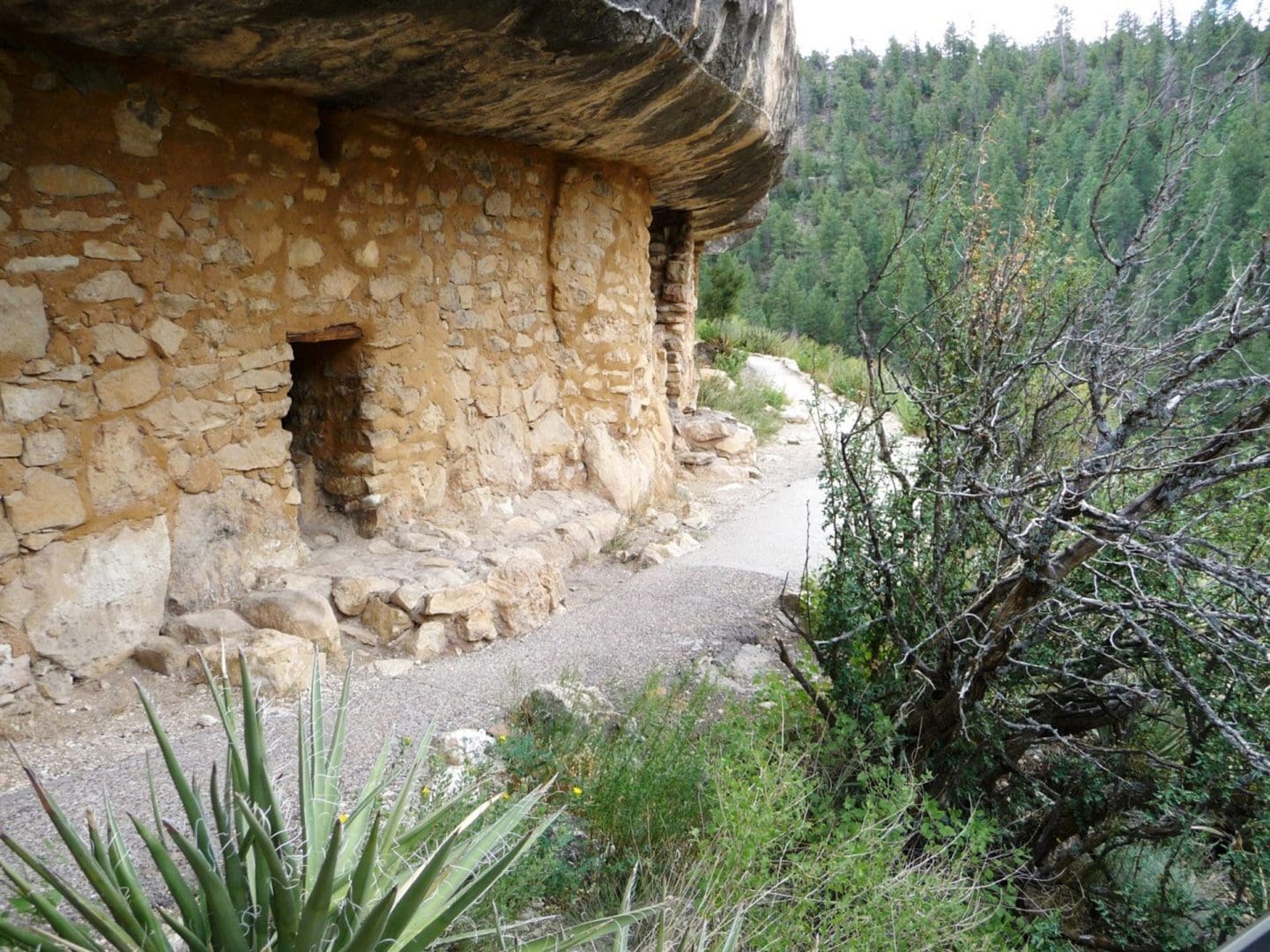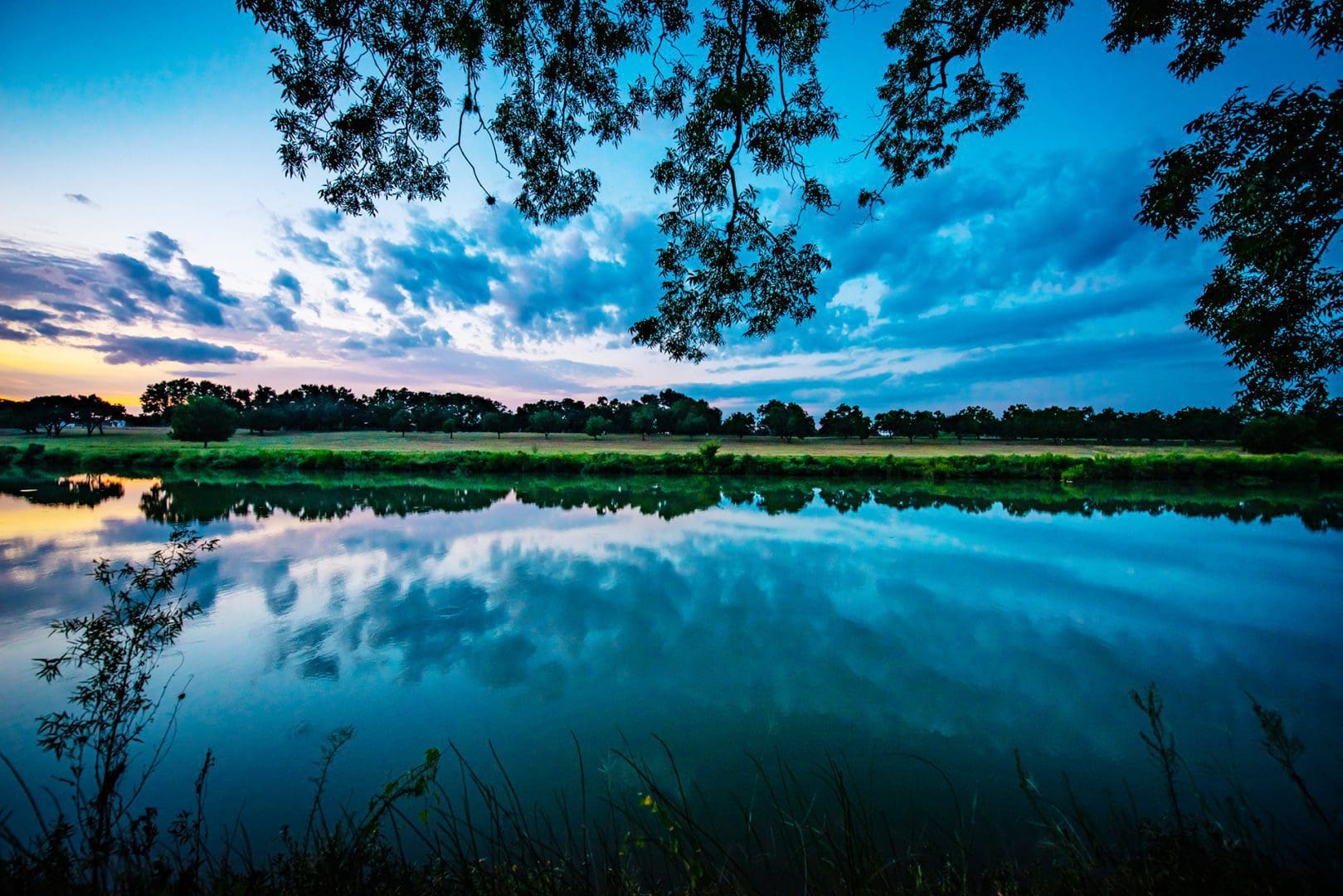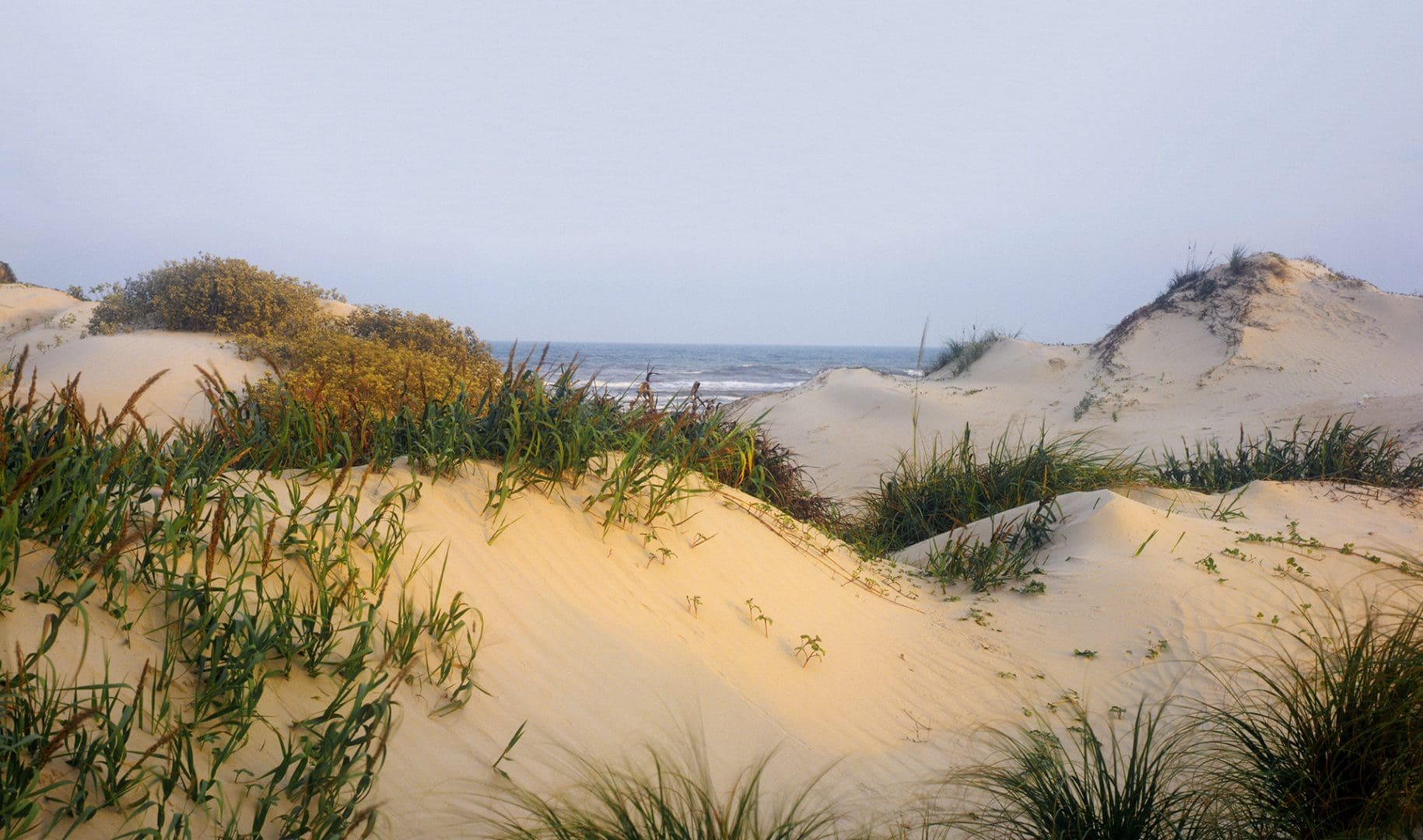
Five Spectacular Things to Do in National Parks This Fall
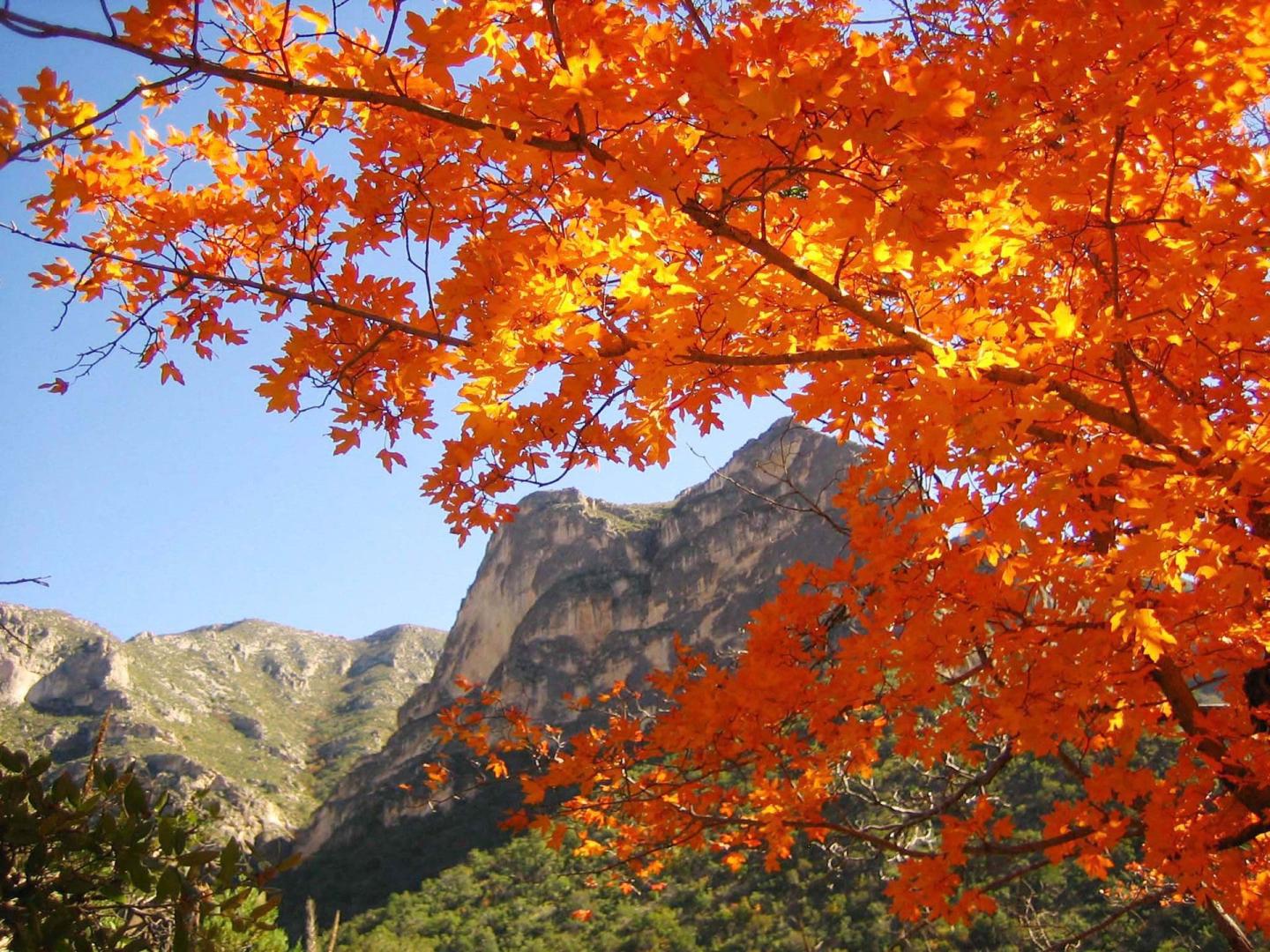
Make it a national park fall
Who doesn’t love a hike on a brisk fall morning? Or sitting around a campfire stargazing with their loved ones? Autumn brings cooler temperatures, unique wildlife and photography opportunities, and festivities to many national parks. Check out some of the reasons that you should plan a trip to a national park this autumn.
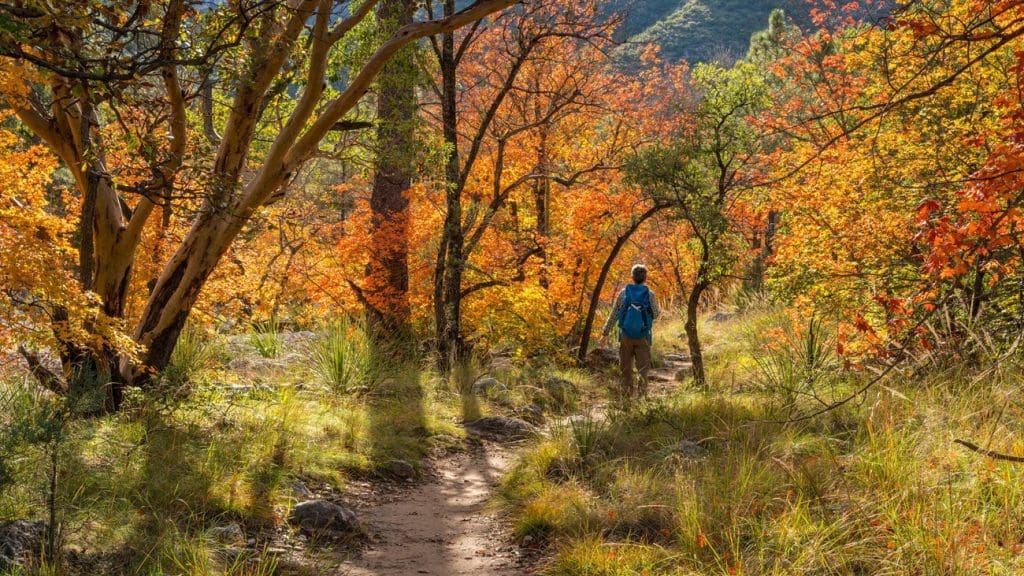
Great Hiking and Camping Weather
Fall brings cooler temperatures to many areas of the United States, making it an ideal time to visit many national parks. If you are looking to visit the desert Southwest, fall is a great time to do so, as daytime temperatures are often a pleasant 75 degrees, with nights in the mid 50s. Some desert parks that are great fall destinations include Organ Pipe Cactus National Monument, Saguaro National Park , or Mojave National Preserve, among many others.
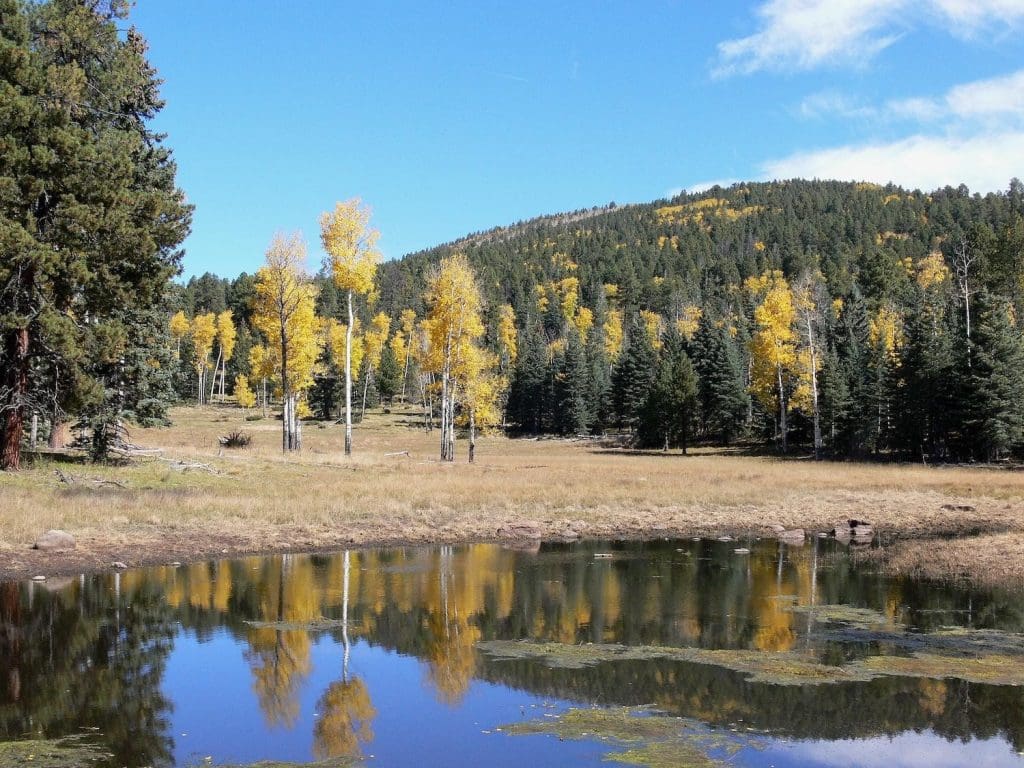
If you love crisp cool fall air, you may want to visit a park that offers hiking and camping opportunities at high elevations, or is located in more northern latitudes. Fall is often the shoulder season for these parks, due to the colder nights. However, this can mean that these parks have fewer visitors, allowing you to hike and camp with more solitude–and it can be easier to book a campsite. Some parks to consider visiting in autumn if you enjoy cooler temperatures include Bandelier National Monument or Chiricahua National Monument.
Fall Foliage
One of the best parts of autumn is enjoying the beautiful leaves as they change colors! Many national parks are known for their great opportunities to see fall foliage. Whether you’re on a day hike, a scenic drive, or are enjoying a multiday stay in a national park, it’s a great idea to make the most of this season. Fall foliage also creates some amazing photography opportunities.

Keep in mind that while the best “leaf-peeping” opportunities tend to be in the middle of October, the exact time that fall colors will be at their peak depends on temperatures, rainfall, and the availability of light. You can check a fall foliage forecast, or call the national park you intend to visit, to see when the leaves are likely to peak there.
For instance, parks at high altitude or farther north such as Walnut Canyon National Monument or Timpanogos Cave National Monument, often have good leaf viewing conditions in late September and early October. Other parks located further south or at lower altitudes like Guadalupe Mountains National Park, Chickasaw National Recreation Area, or Big Thicket National Preserve, tend to have peak fall colors well into November.
Bird Migrations
Whether you are an experienced birder looking for a lifer or just bought your first pair of binoculars, autumn is a peak time for bird watching. Fall migration typically occurs from August 1 to November 30 of each year, as the birds make their way to South America.
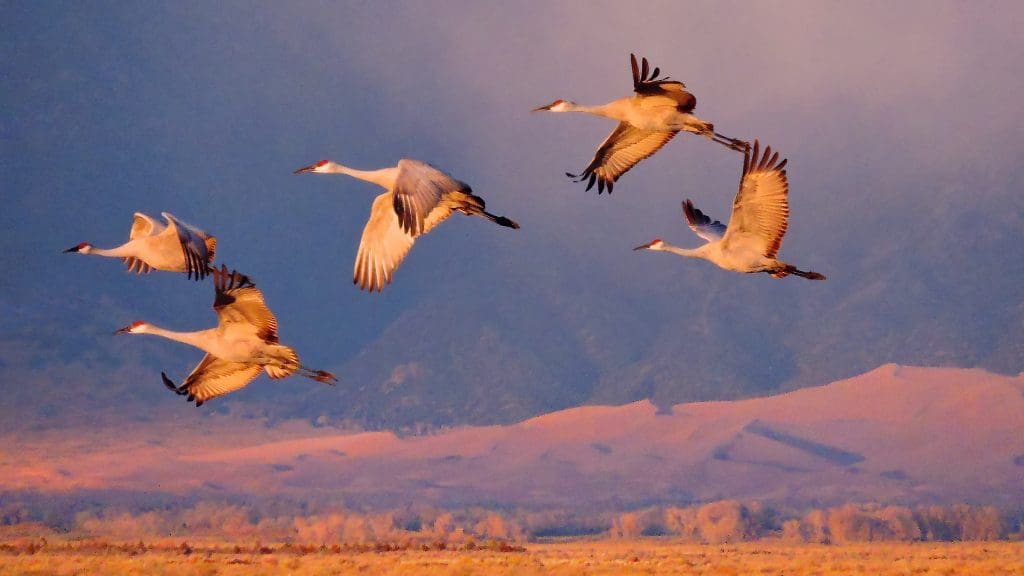
The Western United States is within the Pacific and Central Flyways, providing great opportunities to view migrating waterfowl, Rufous Hummingbirds, and other species. Looking to see a specific species or determine when is best to visit the park to see the most birds? You can use a bird migration map or reach out to the park to determine when the best viewing conditions will be.
Good parks for fall birding include Coronado National Memorial and Saguaro National Park, both of which are found in the Sonoran Desert, the most biodiverse desert on earth. Padre Island National Seashore is also a good place to watch birds, with over 300 species living or nesting here.
Astronomy
Fall brings fewer daylight hours, but this can provide more opportunities to view the night sky. Because darkness comes earlier, you may be able to see the Milky Way, meteor showers, or planetary alignments without having to stay up late. Some parks may also host night sky festivals in September and October.
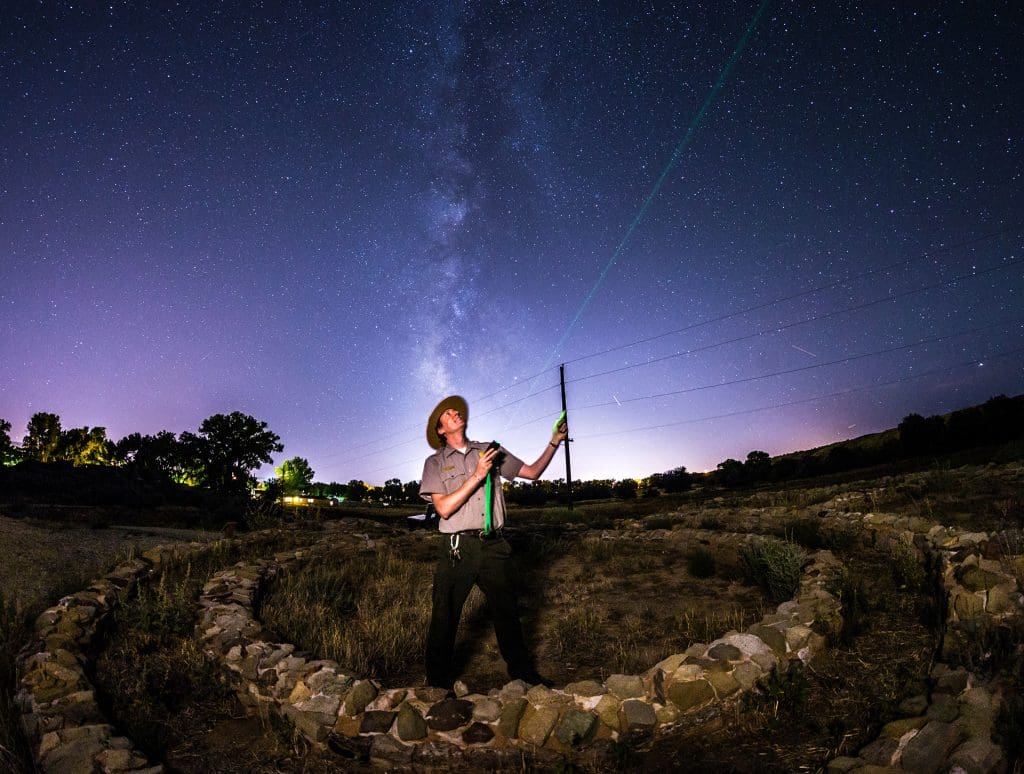
Some astronomical events, like the Orionids meteor shower, take place in the fall every year. Others, such as viewing a passing comet or a planetary alignment, may only happen once in a lifetime. The best places to stargaze are areas with low light pollution, such as ones that are Dark Sky certified. We recommend checking out Great Basin National Park or Chaco Culture National Historical Park for exceptional viewing conditions.
Fall Festivities in Nearby Communities
If you’re planning a trip to a national park this fall, don’t forget about celebrations and events happening in nearby communities. Many of these cities may offer fall festivities such as pumpkin patches, corn mazes, or hay rides. Some communities may also have cultural specific celebrations or commemorations, such as Mes de Cultura, Día de Los Muertos, or harvest festivities. We recommend stopping by the visitor or information center for the gateway community you are interested in to learn about what is happening around town. Some cities that are close to national parks and may be of interest to you include:
Albuquerque, New Mexico
Albuquerque is the largest city in New Mexico is a gateway to many national park sites, including Aztec Ruins National Monument, Petroglyph National Monument, El Morro National Monument, El Malpais National Monument, and the Sante Fe National Historic Trail, among many others. This time of year is ideal for going to a local farmer’s market or sampling a dish featuring New Mexico’s green chile. In September, you can go to the New Mexico Prickly Pear Festival, which includes cooking demonstrations, live music, and arts and crafts. In October, you can enjoy the Albuquerque International Balloon Fiesta, which is the world’s largest event of its kind.
Flagstaff, Arizona
This Dark Sky certified city hosts a star party and celebration of the night, as well as a science festival, at the end of each September. This city is within driving distance of several national monuments, including Sunset Crater Volcano National Monument, Wupatki National Monument, Walnut Canyon National Monument, Montezuma Castle National Monument, and Tuzigoot National Monument, among many others.
San Antonio, Texas
San Antonio is a vibrant cultural capital, home of San Antonio Missions National Historical Park, and a UNESCO City of Gastronomy, this city has the largest Día de Los Muertos festivities in the United States. Other celebrations include Oktoberfest, the Yanaguana Indian Arts Festival, and Diwalisa.
Fall is a great time to make the most of the outdoors, and the above activities are just a sample of what this colorful season has to offer. If you are interested in learning more about what is happening in a national park near you this autumn, be sure to contact the park directly or download the NPS app.
By: Nikki Stavile




